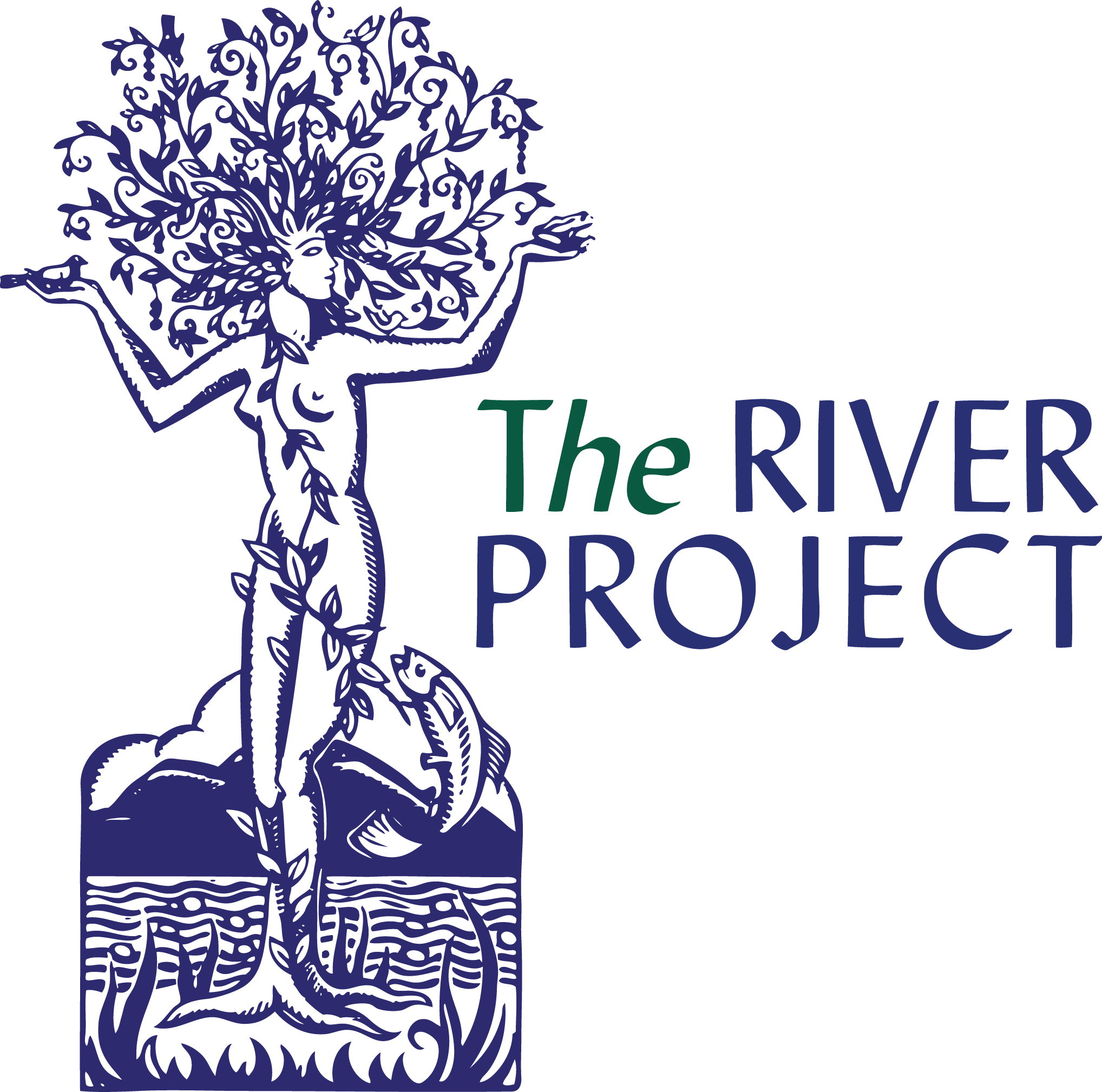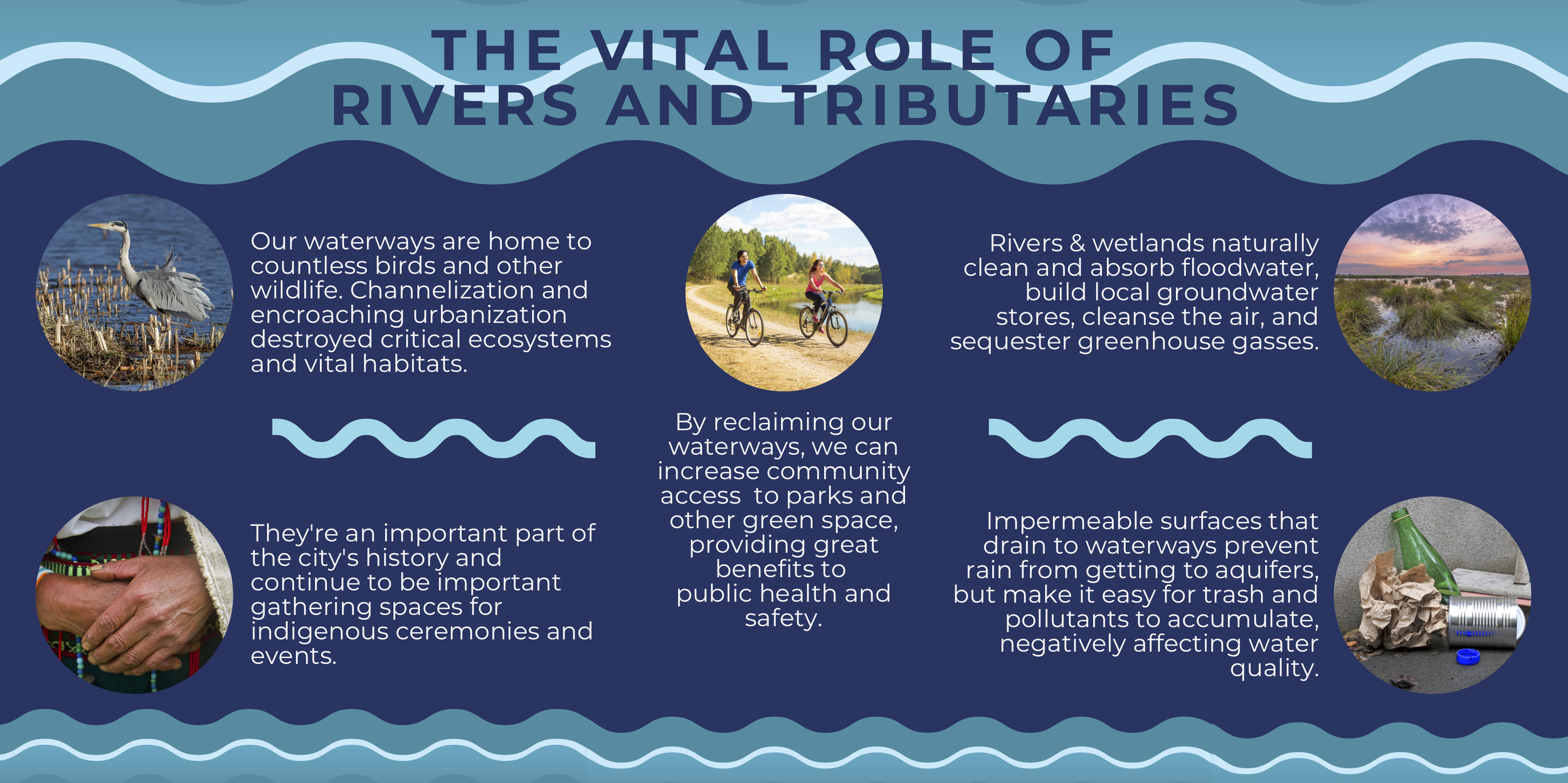What is watershed planning?
wa·ter·shed noun
- A ridge of high land dividing two areas drained by different river systems
- The region draining into a body of water
-A turning point
Everyone lives in a watershed, from the great deserts to the tops of the highest mountains. The Los Angeles Basin covers 1,000+ square miles of the second-most densely populated metropolitan area in the United States and is made up of several watersheds, as shown to the right. These are further broken down into sub-watersheds including Tujunga/Pacoima Wash, Arroyo Seco, Sun Valley, Compton Creek, Dominguez Channel, Upper San Gabriel River, Rio Hondo and Ballona Creek.
Historically, Los Angeles has taken a single-purpose approach to addressing issues of water—building dams, levees, stormdrains, or treatment plants—instead of thinking about ecosystem function. However, nature is holistic, and everything is connected and dependent on something else. With single-purpose planning, eventually the solution to one problem creates a new problem elsewhere.
Alternatively, watershed planning is a way of working with nature to provide flood protection without sacrificing water supply, degrading water quality or destroying the natural processes of nature’s services. It accounts for all the land that flows to our waterways, not just the waterways themselves. It takes an integrated approach to stewarding our resources, focusing on multiple challenges and natural regeneration rather than on single purpose solutions, and balancing socioeconomic and environmental impacts. It builds with nature, rather than against it. It multi-solves.
Planning through the perspective of the wider watershed takes into consideration all of the connected parts: climate, land use, water flows, culture, public health, wildlife movement, and all of the impacts and opportunities for water supply and quality, clean air, carbon and other greenhouse gas sequestration, and recognition of many other pieces involved in the health and wellbeing of communities. All the parts are connected, and with many regional challenges we have an imperative to advance comprehensive projects that address multiple challenges at the same time—not just one or two at a time—with long-term vision for a just and regenerative future.
The River Project advocates for watershed planning through evidence-based research and inclusive decision-making. Through local action, peer review and collaboration, we develop programs and policies which are designed holistically to create healthy watersheds and in turn create robust climate-resilient communities. Learn more about watershed planning below!
“A watershed is that area of land, a bounded hydrologic system, within which all living things are inextricably linked by their common water course and where, as humans settled, simple logic demanded that they become part of a community.”
“Great things are not done by impulse, but by a series of small things brought together.”



